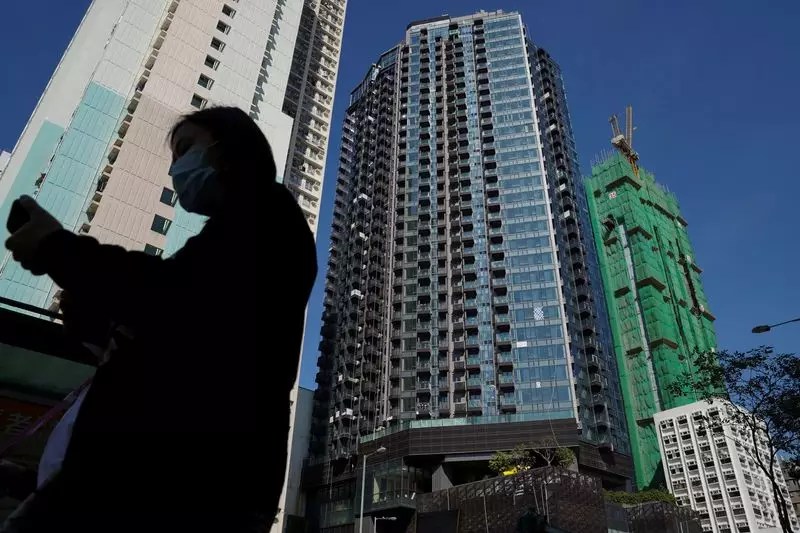In a recent analysis by Macquarie, experts have drawn striking parallels between the current economic challenges faced by China and the protracted stagnation that characterized Japan’s “lost decades.” This assertion emerges from a growing realization that both nations are experiencing similar economic pressures stemming from high saving rates and insufficient consumption. The failure to transform these savings into demand has been detrimental for both economies, as evidenced by their over-reliance on investment and exports. The lingering question is whether China has the policy framework necessary to avert a similar fate.
Understanding the Economic Stranglehold
The crux of the issue lies in the economic structure inherent in both nations—specifically, a persistent tendency to favor investment over consumption. Macquarie’s research indicates that as disinflation sets in and return on investments diminishes, both households and businesses curtail spending, leading to a vicious cycle that further constrains economic growth. In Japan, this cycle contributed to a prolonged era of stagnation, and there are indications that China is treading a potentially identical path.
In Japan, the stagnant economy created an environment where consumers began hoarding wealth, anticipating continual deflation, rather than investing or spending. If China mirrors this reluctance to spend and invest, the implications for global economic stability could be dire, particularly given the country’s significant role in the world economy.
While some analysts argue that China’s closed capital account and non-convertible currency afford greater policy flexibility, the challenges at play remain largely similar. Merely implementing small policy tweaks, like a 20 basis point interest rate cut or reducing the reserve requirement ratio, may not suffice to stimulate economic recovery. The fundamental issue is rooted not in the cost or availability of capital but in the evident demand gap that policy makers have yet to address adequately.
Macquarie advocates for aggressive measures, including a robust reduction of risks in the real estate sector through substantial state support—potentially equal to 5% of GDP. Such innovative initiatives could recalibrate the economy towards sustainable growth. Further, transferring a significant portion of local and state-owned enterprise debt to the central government could instill a more stable financial footing while ensuring local governments retain adequate revenue generation capabilities.
Despite the urgency of these recommendations, there remains a reluctance among Chinese authorities to embrace what might be viewed as radical reforms. Macquarie characterized this hesitancy as a form of timidity and procrastination—an unwillingness to confront deep-seated structural issues head-on. In an increasingly interconnected global economy, the ramifications of China’s economic trajectory transcend its borders.
The lesson from Japan’s history is clear: delay can be fatal. As China finds itself at a critical junction, the need for bold policy action has never been more pressing. A proactive and comprehensive approach might not only avert a prolonged economic slump but also set the stage for rejuvenating growth and restoring confidence in the country’s economic future.


Leave a Reply